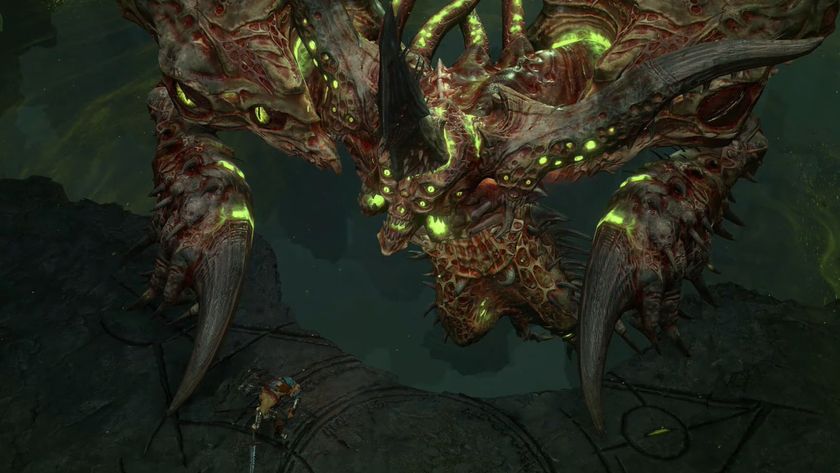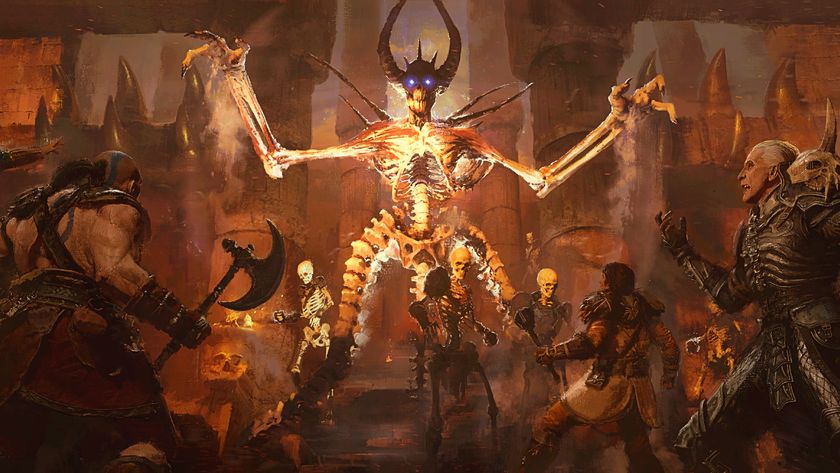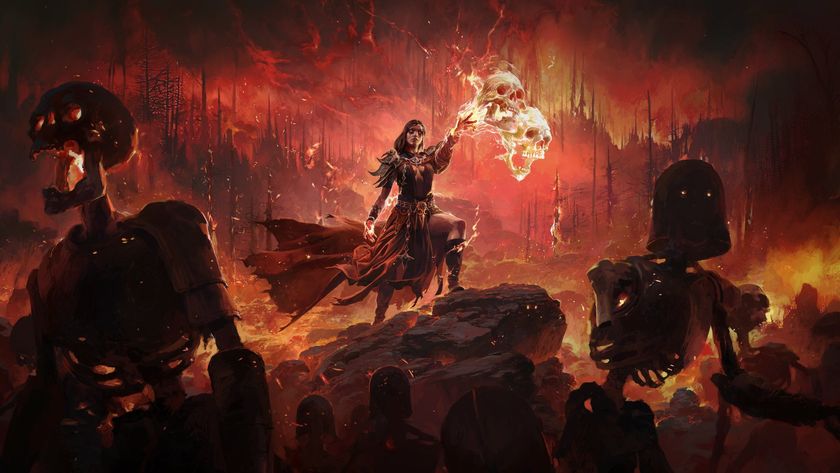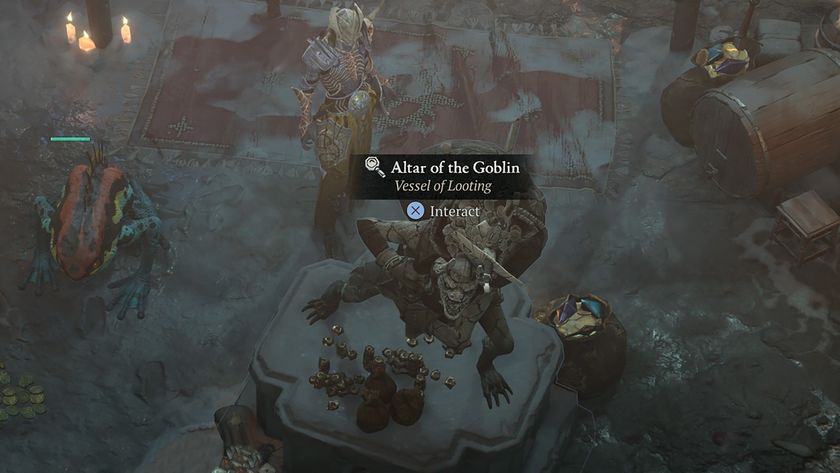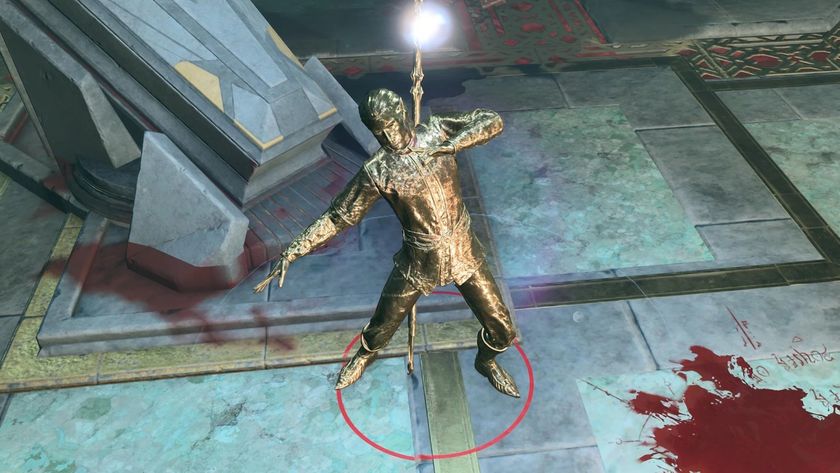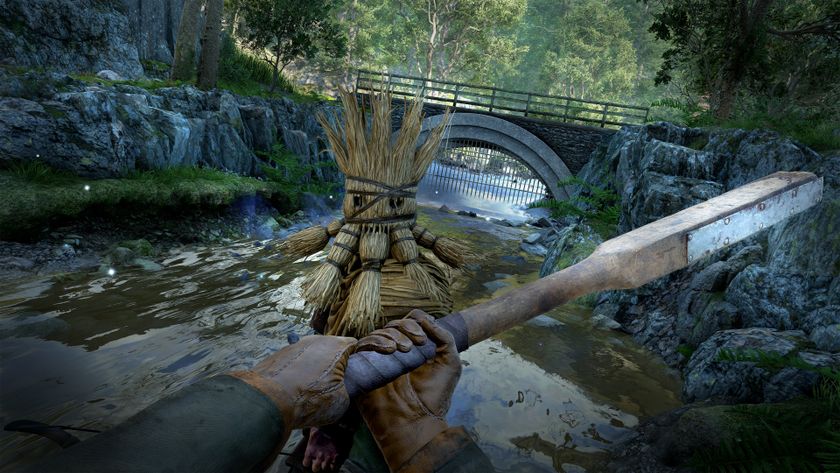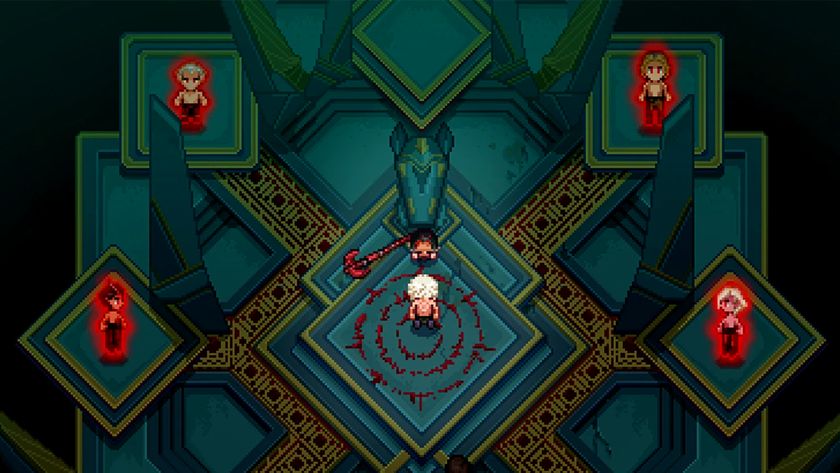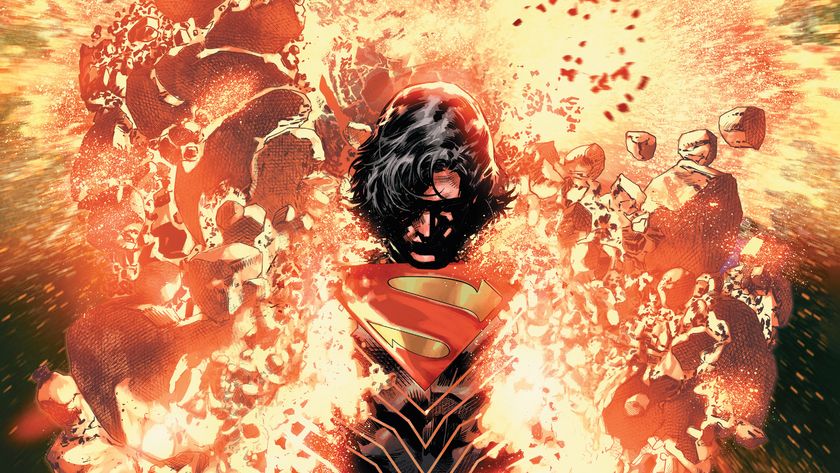Diablo 4 loot and endgame explained as the action-RPG nears "a significant milestone"
Legendaries can be mixed and matched, and Paragon is now a board game
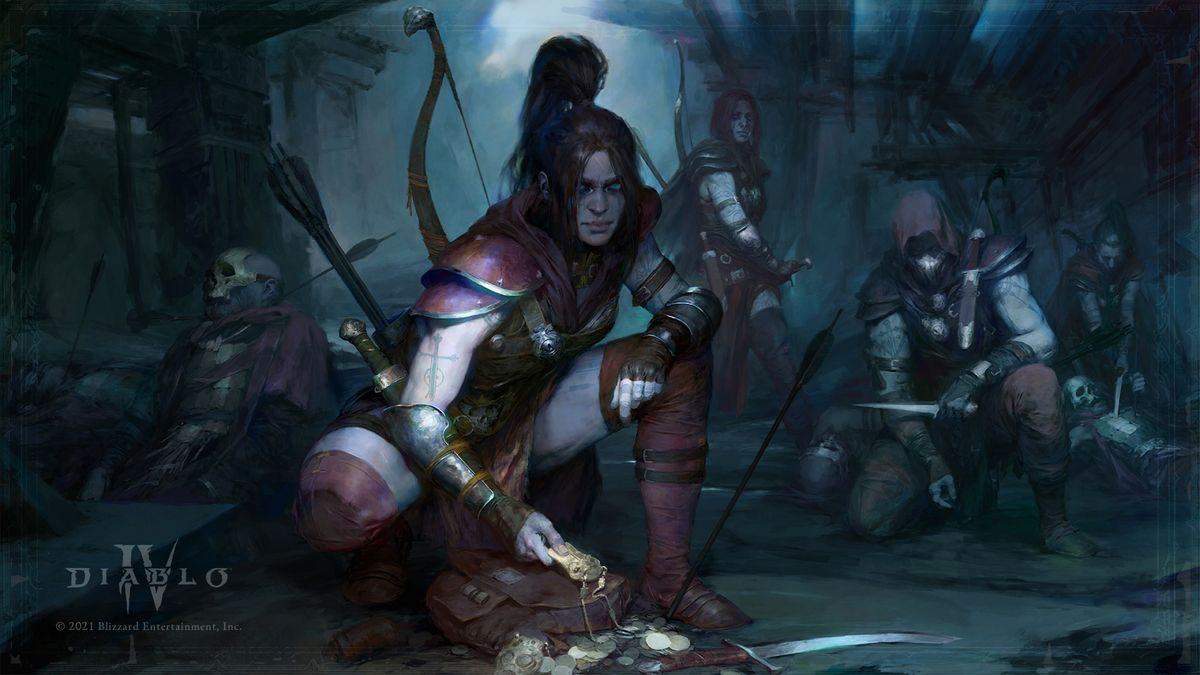
The latest Diablo 4 update teases "a significant milestone" for the development of the still far-off action-RPG, and more helpfully, it also tells us how loot and endgame builds will work.
"We’ve made big strides, with every build of the game containing a host of expanded content, new art, balance changes, and other iterations," says game director Joe Shely. "In fact, the team is currently playtesting an internal release of the game that represents a significant milestone." It's unclear what this milestone represents, especially with Diablo 4 pushed out of 2022 (along with Overwatch 2), but any production update is welcome.
The more granular bits of the blog post focus on acquiring and modifying loot, as well as how the endgame Paragon system has been overhauled, and by overhauled we mean turned into a board game.
For example, while unique items in Diablo 4 are locked to certain traits, legendary items can be customized through an essence system overseen by the new Occultist NPC. This vendor lets you sacrifice a legendary item to rip out its legendary power as an essence, and you can then slot that essence into another legendary item to replace its previous power. You can also just hold onto essences if you're thinking of using them later, plus you can slot any essence into any legendary item type – not just rings, helmets, weapons, and so on. "There’s no need to hunt for a specific item type any longer," explains lead systems designer Joe Piepiora.
Speaking of specific items: while Diablo 4 is working to "place a stronger emphasis on character power" as opposed to gear-based power, it's also improving the gearing process by making specific items easier to acquire. Simply put, different enemies and monsters will be more likely to drop certain item types, letting you farm them to more reliably acquire certain pieces. Piepiora offered this example: "While bandits are fond of Maces, Crossbows, and Boots, if you’re hunting for a new pair of Pants, you'd do well to kill some of the Drowned instead."

A key part of filling out the character power fantasy is Diablo 4's updated Paragon system, dubbed the Paragon Board. By earning XP and placing tiles on a board, you can gain stat boosts as well as more bespoke passive abilities. That's the pitch anyway, and the Paragon Board does sound cool at first blush, with normal tiles granting standard stat buffs, magic tiles offering stronger benefits (fire resistance is the example shown), and rare tiles empowering specific builds, resources (like the Barbarian's Fury), and combos. Some tiles can be enhanced with glyphs that buff nearby tiles as well, and you'll acquire new glyphs as you explore the game.
There are also immensely powerful legendary tiles on the Paragon Board, but to get those, you'll need to level up enough to reach a gate tile at the edge of your character's starting board, choose and attach another board to that gate, and then build over to the legendary tile in the middle of the new board. It sounds complicated, but still more straightforward than the byzantine skill trees of some RPGs, and far more nuanced than Diablo 3's stat-boosting Paragon grind.
Sign up to the 12DOVE Newsletter
Weekly digests, tales from the communities you love, and more
Diablo 4's previous director left the project not long after the Activision Blizzard lawsuit first surfaced.

Austin has been a game journalist for 12 years, having freelanced for the likes of PC Gamer, Eurogamer, IGN, Sports Illustrated, and more while finishing his journalism degree. He's been with 12DOVE since 2019. They've yet to realize his position is a cover for his career-spanning Destiny column, and he's kept the ruse going with a lot of news and the occasional feature, all while playing as many roguelikes as possible.

